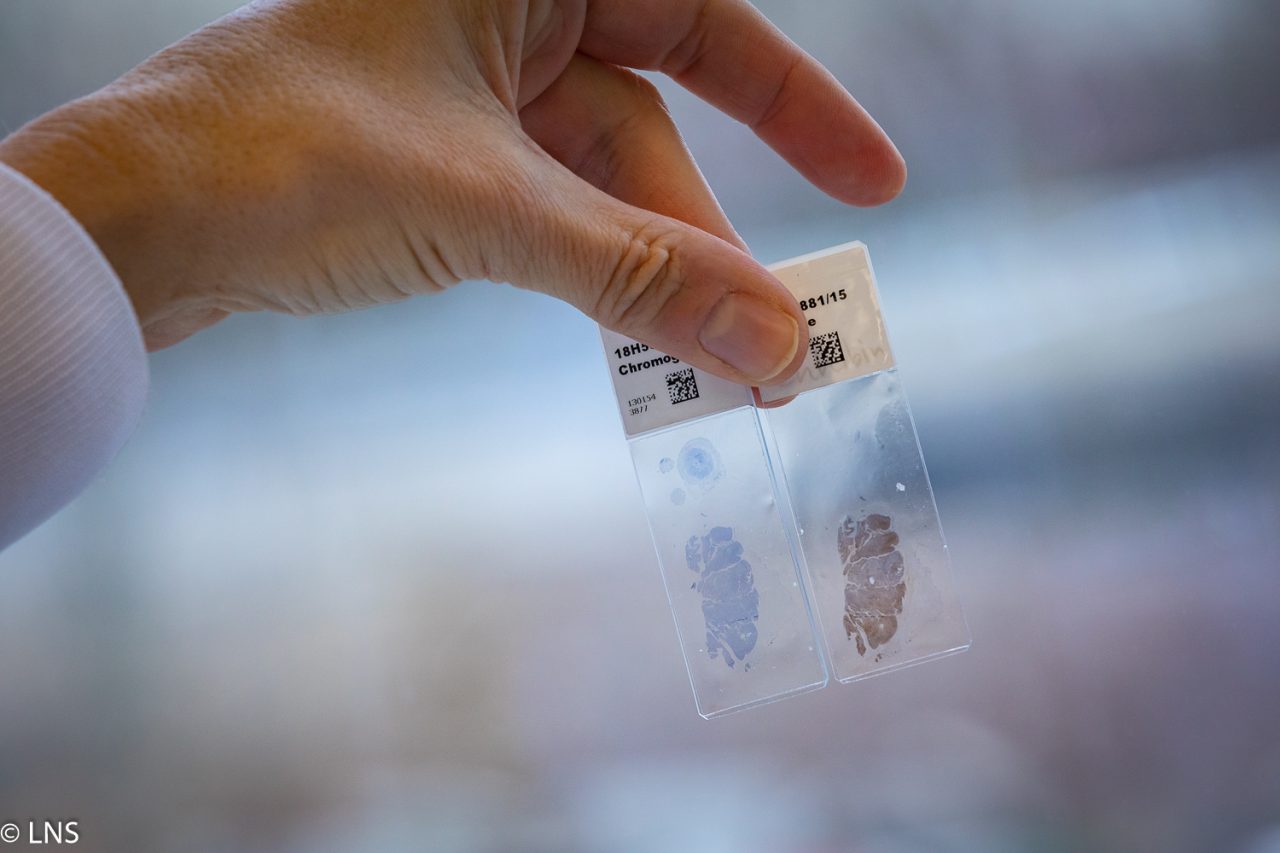

Authors: Pusztaszeri M, Baloch Z, Vielh P, Faquin W C
We read with interest the recent publication by Rohilla et al,1 which discussed the clinical applicability and potential benefits of the forthcoming Milan System for Reporting Salivary Gland Cytopathology (MSRSGC). Akin to The Bethesda System for Reporting Thyroid Cytopathology, the MSRSGC is an evidence‐based tiered classification system that comprises 6 diagnostic categories associated with an average risk of malignancy (ROM) and clinical management strategies. By providing a uniform international reporting system, the MSRSGC is expected to improve communication between the cytopathologist and the treating clinician, facilitate cytologic‐histologic correlation, and lead to overall better patient care.
In their study, Rohilla et al retrospectively classified a series of 631 salivary gland fine‐needle aspiration (FNA) specimens according to diagnostic categories analogous to those proposed in the MSRSGC as follows: nondiagnostic, nonneoplastic, atypical, benign neoplasm, neoplasm of uncertain malignant potential, suspicious for malignancy, or positive for malignancy. In addition, the authors attributed an overall ROM for different categories with available histopathology as follows: 17.4% for nonneoplastic, 100% for atypical, 7.3% for benign neoplasm, 50% for neoplasm of uncertain malignant potential, and 96% for positive for malignancy. Although the ROMs in their study demonstrated some similarities to the actual ROM of the MSRSGC, there also are some significant deviations, especially for the atypical (AUS) and nonneoplastic categories. Therefore, we would like to offer some possible explanations and additional insights into the MSRSGC.
Cancer, Volume 126, Issue 1, 69-70